Parents and caregivers play a crucial role in introducing children to the world of physical fitness. This comprehensive guide aims to provide the necessary information to create a successful workout plan for kids, ensuring they stay motivated, engaged, and safe.
The Importance of Exercise for Kids
Physical Benefits
Regular exercise is essential for children as it promotes proper growth and development. It can help improve cardiovascular endurance, muscular strength, flexibility, and bone density. Moreover, it can help maintain a healthy weight and reduce the risk of obesity.
Mental Benefits
Physical activity is linked to improved cognitive function, better concentration, and reduced stress levels in children. Exercise can also boost self-esteem and encourage a positive body image.
Social Benefits
Kids can learn valuable social skills and forge lasting friendships through participation in team sports and group activities.
Creating a Balanced Kids Workout Routine
Cardiovascular Exercise
Incorporate aerobic activities like running, swimming, or cycling, which can improve heart and lung function.
Strength Training
Include bodyweight exercises or resistance training to help build and maintain muscle mass.
Flexibility Training
Stretching exercises and yoga can enhance flexibility and range of motion, reducing the risk of injury.
Age-Appropriate Exercises
Ages 4-7
Focus on fun, simple activities like playing tag, jumping rope, or dancing.
Ages 8-12
Introduce more structured exercises, such as swimming lessons, soccer, or martial arts.
Ages 13-17
Encourage participation in competitive sports or fitness classes like HIIT or spinning.
Motivating Your Child
Setting Goals
Help your child set realistic, achievable fitness goals to boost motivation and provide a sense of accomplishment.
Intrinsic Motivation
Foster a love for exercise by focusing on the enjoyment and personal satisfaction it brings.
Extrinsic Motivation
Use rewards, praise, and encouragement to motivate your child, but be cautious not to overdo it.
Making Exercise Fun
Outdoor Activities
Take advantage of the great outdoors by planning hikes, bike rides, or scavenger hunts.
Team Sports
Participation in team sports like soccer, basketball, or baseball can foster camaraderie and make exercise enjoyable.
Fitness Games
Invent fitness games or use apps to turn workouts into fun, engaging activities. Use Boardgains to gamify your workouts.
Safety Tips
Proper Technique
Ensure your child learns and practices correct exercise techniques to prevent injuries.
Warm-up & Cool Down
Teach the importance of warming up before exercise and cooling down afterwards to minimize the risk of injury and aid in recovery.
Injury Prevention
Monitor your child's activities and provide appropriate guidance, supervision, and equipment to minimize the risk of accidents and injuries.
Nutrition for Kids
Balanced Diet
Encourage a well-rounded diet, rich in fruits, vegetables, lean proteins, whole grains, and healthy fats, to support optimal growth and development.
Hydration
Teach your child the importance of staying hydrated, especially during physical activity, by drinking water regularly.
Snacks
Provide nutritious, energy-boosting snacks, like nuts, yogurt, or fruit, to keep kids fueled during exercise.
Monitoring Progress
Establishing a Baseline
Assess your child's current fitness level to create a personalized workout plan and measure improvements over time.
Tracking Progress
Keep track of your child's progress with a fitness journal or app, celebrating milestones and adjusting the routine as needed.
Adjusting the Routine
Periodically reevaluate your child's workout plan, making changes to keep it challenging and engaging.
Encouraging a Healthy Lifestyle
Role Modeling
Lead by example and demonstrate the value of exercise and healthy habits in your own life.
Limiting Screen Time
Establish boundaries around screen time to promote a more active lifestyle for your child.
Active Family Time
Plan regular family activities that incorporate exercise, like weekend hikes or after-dinner walks, to foster a shared commitment to health and fitness.
Conclusion
Helping your child develop a lifelong love for exercise requires patience, guidance, and support. By understanding the importance of physical activity, creating a balanced workout routine, and making exercise fun and safe, you can set your child up for a lifetime of health and success.
FAQs
What age should kids start working out?
Children can begin engaging in physical activities as young as 4, with age-appropriate exercises and adult supervision.
How much exercise should kids get daily?
It's recommended that children get at least 60 minutes of moderate to vigorous physical activity per day.
Can kids lift weights?
Kids can safely participate in strength training using bodyweight exercises or light resistance. Consult a fitness professional for guidance.
How can I help my child stay motivated to exercise?
Encourage goal-setting, provide praise and support, and make exercise enjoyable through fun activities and games.
What if my child is resistant to exercising?
Find activities they enjoy, involve their friends, and participate together as a family to make exercise more appealing.


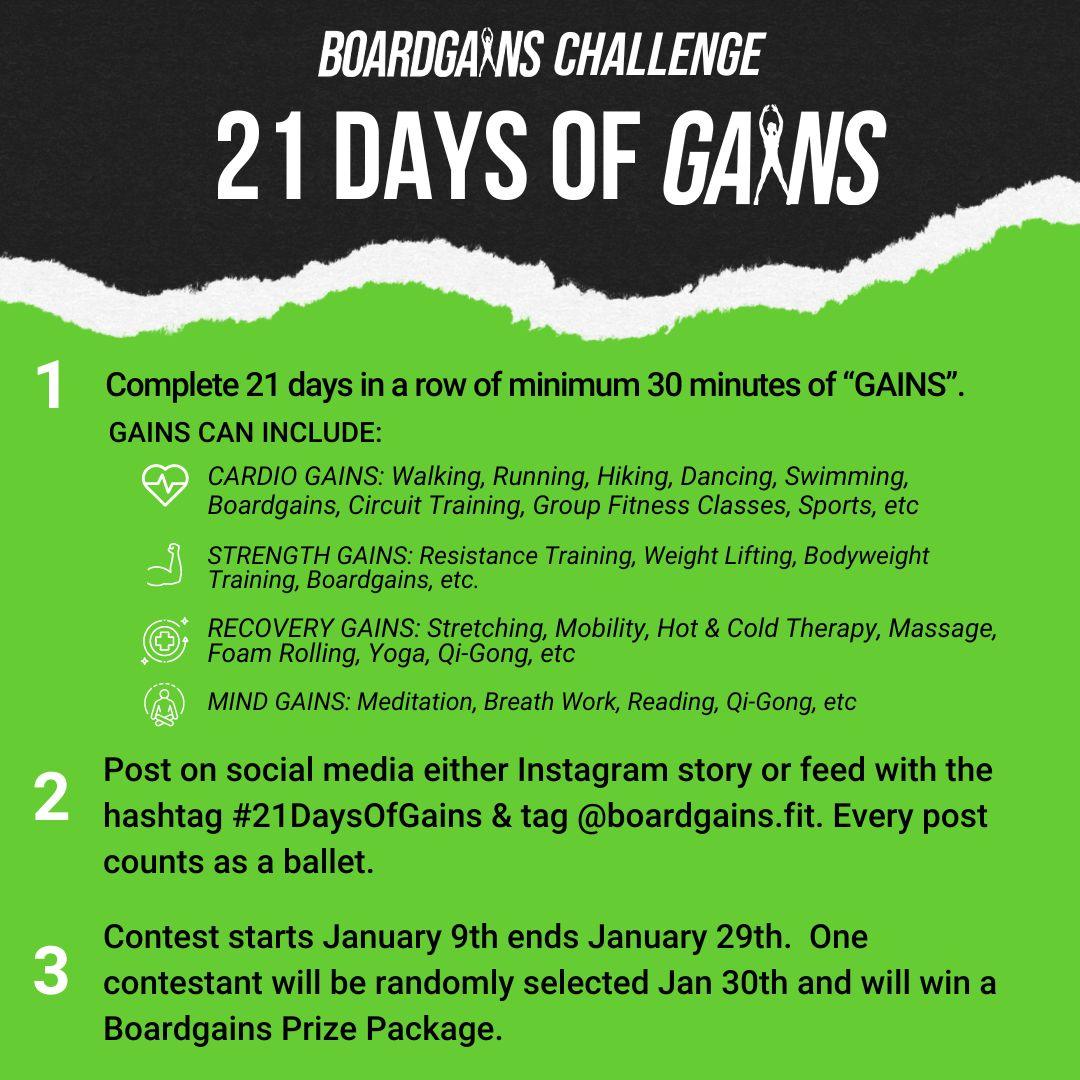
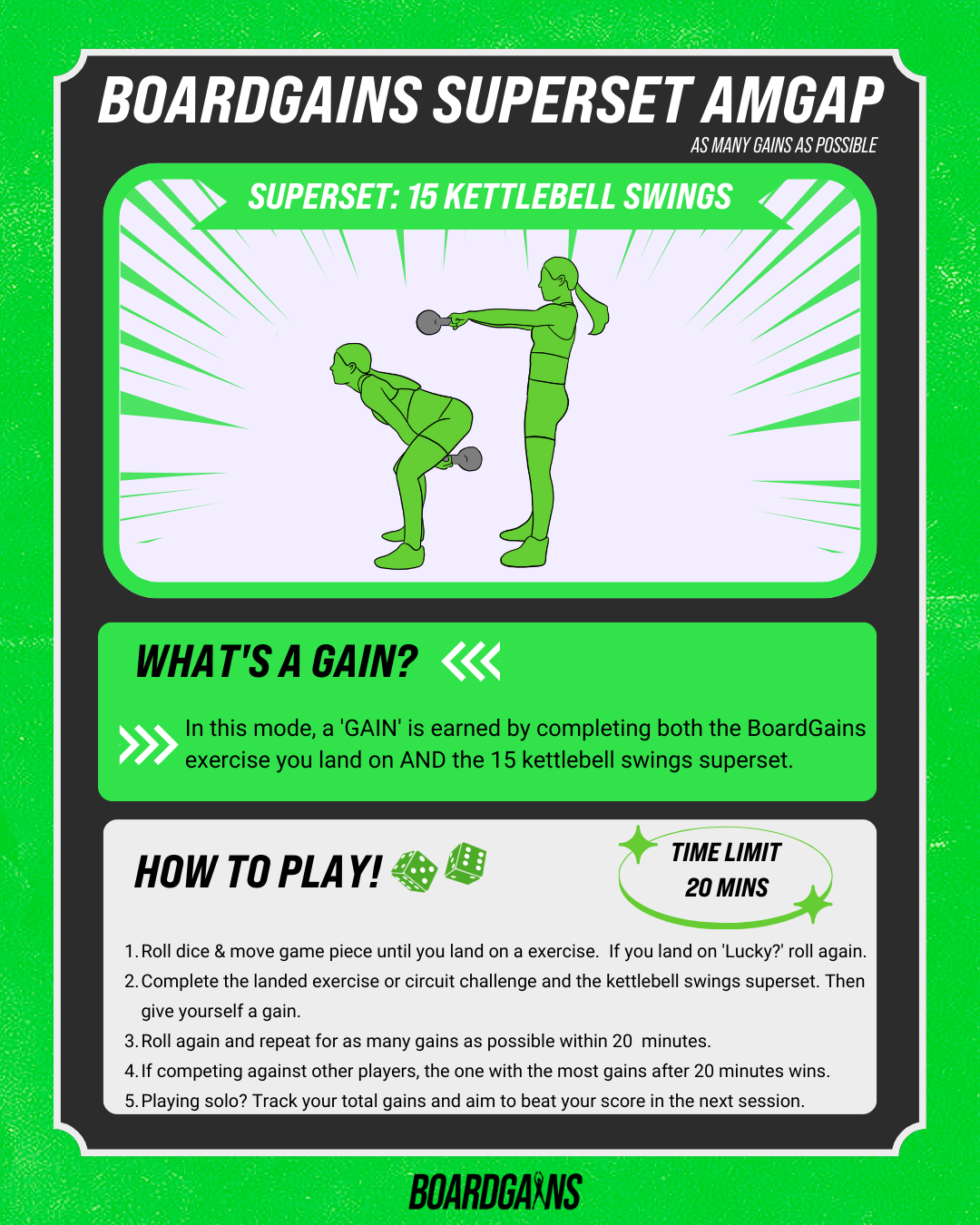
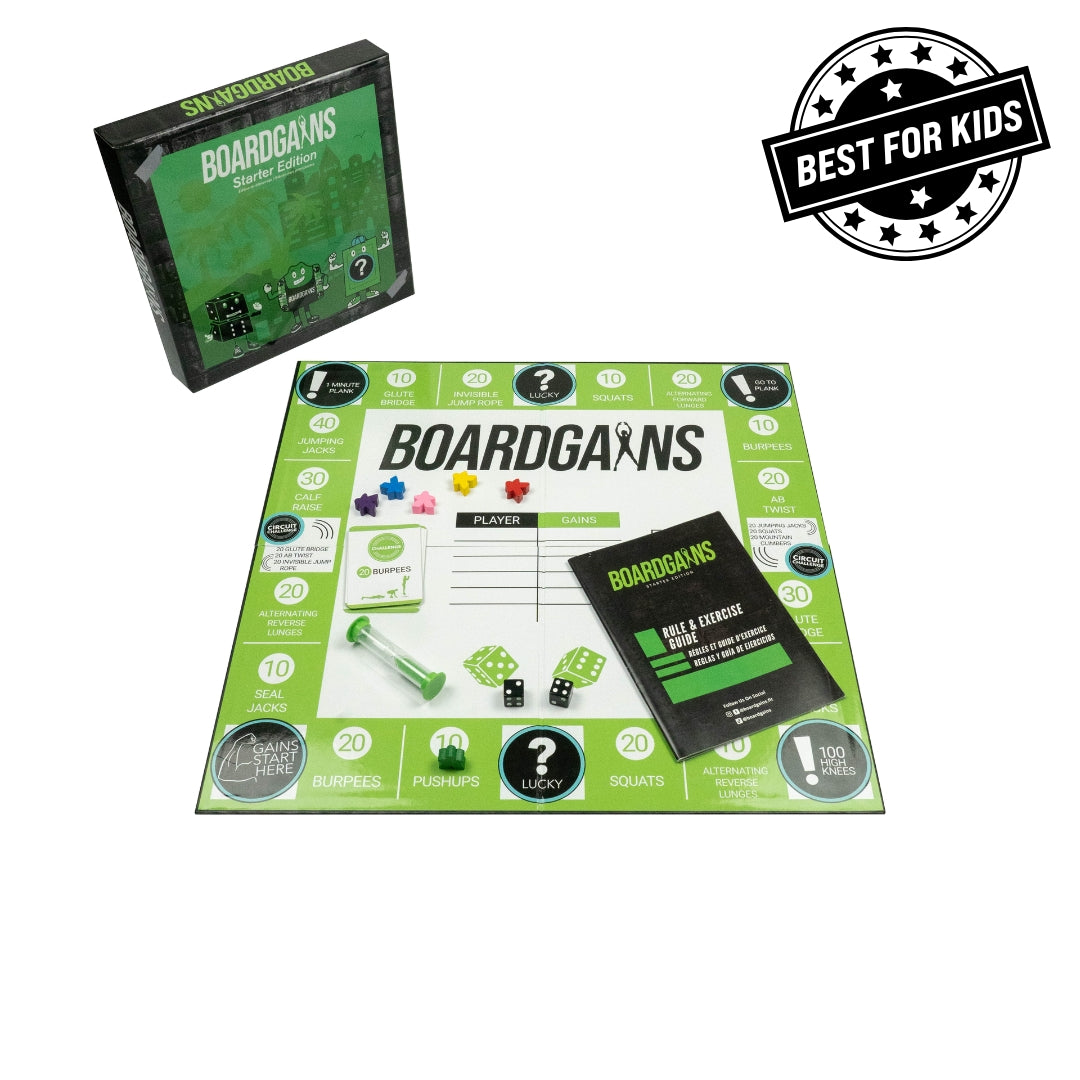
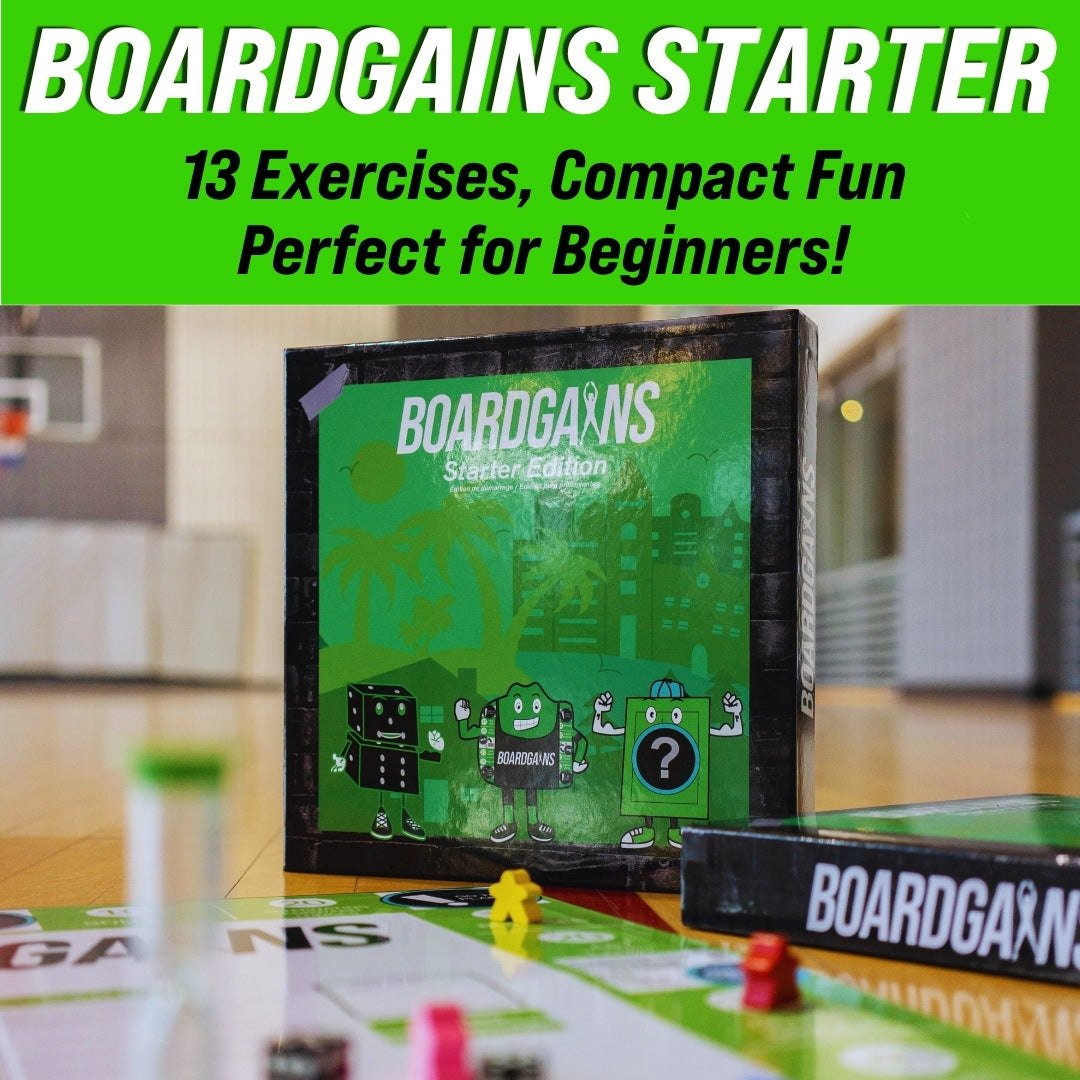
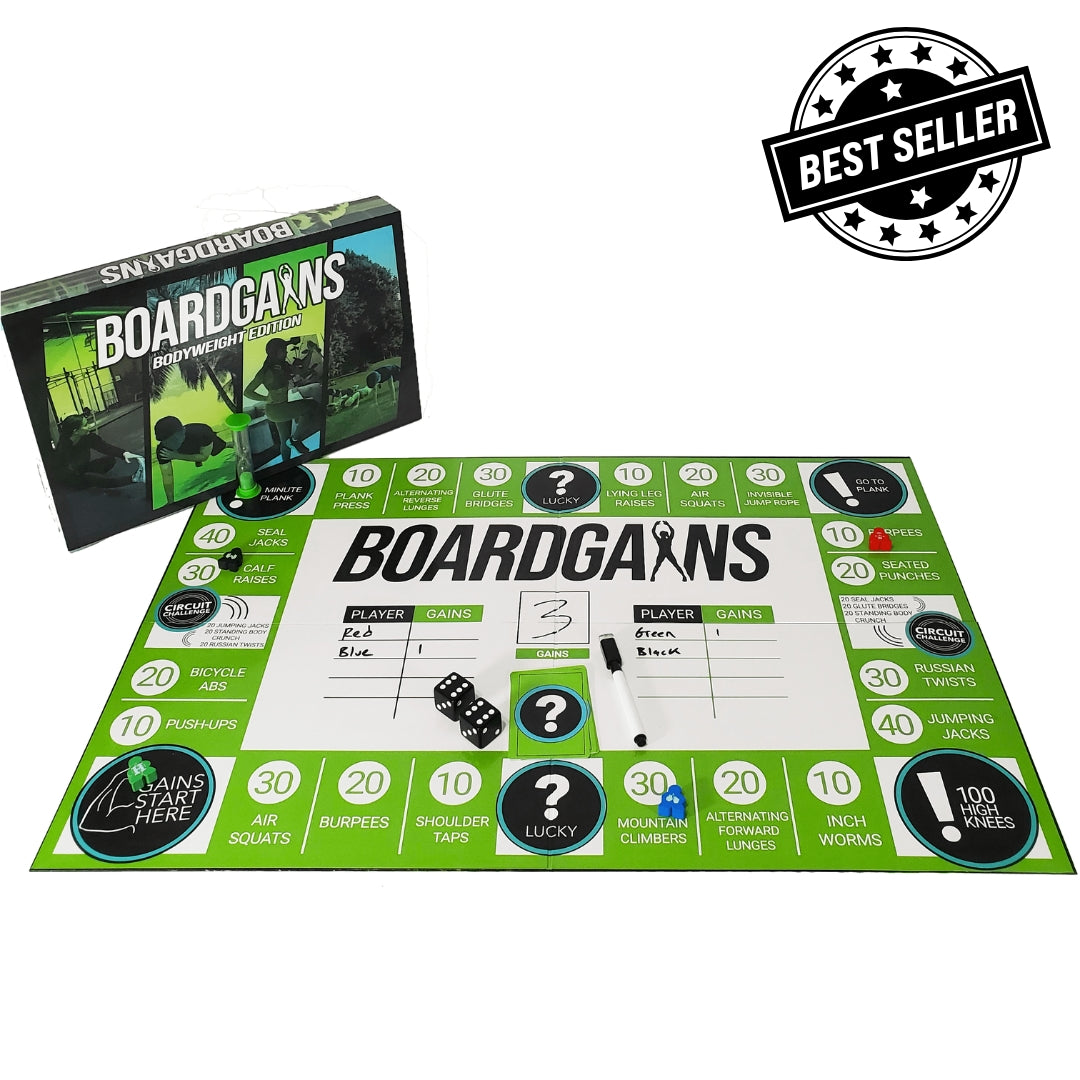



Leave a comment
This site is protected by hCaptcha and the hCaptcha Privacy Policy and Terms of Service apply.